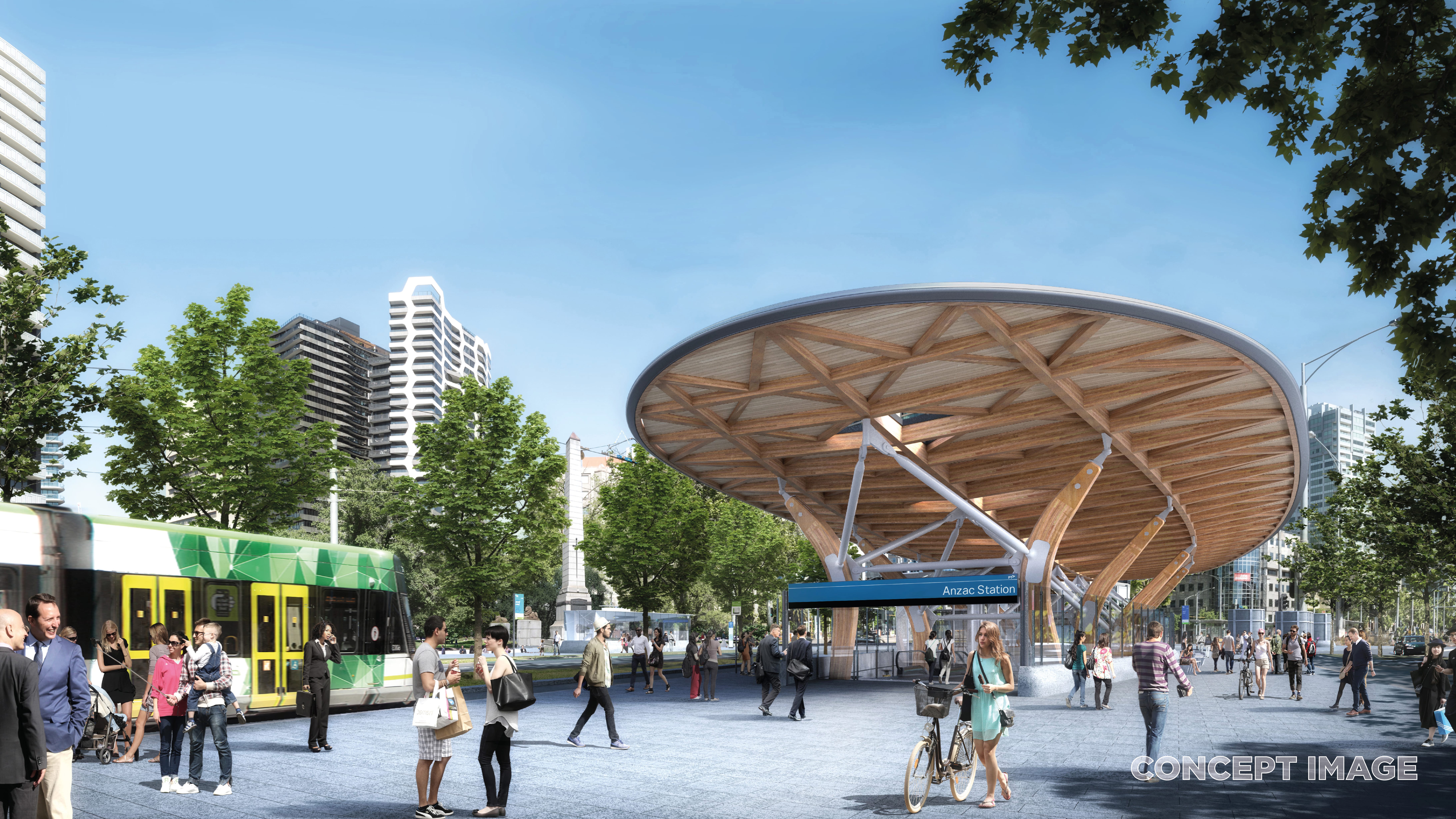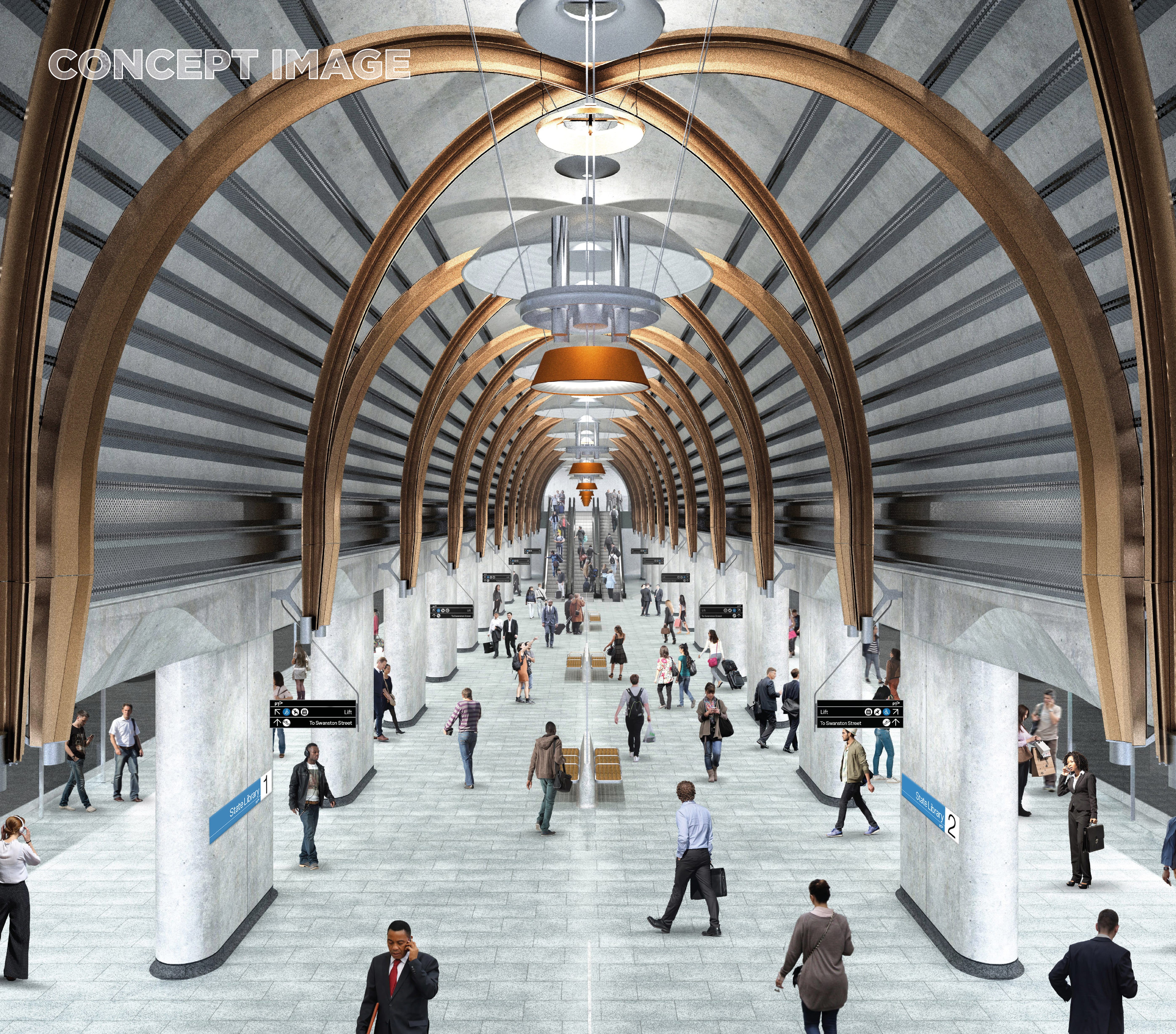Melbourne Metro Tunnel
Challenge
Rail Projects Victoria (RPV) required a centralised requirements management solution that would support concurrent use across the multiple contractors and stakeholders involved with the $11b project, while providing the high level of visibility and traceability required to successfully navigate a programme involving multiple work packages and interfaces.
Approach
With its cloud-based architecture providing the required level of accessibility and visibility across the project, RPV chose IBM DOORS Next Generation for its requirements repository, with Acmena contracted to provide expertise in support of its establishment, configuration and maintenance.
Outcome
Acmena successfully supported the deployment of the DOORS Next Generation repository, which has been essential to fostering collaboration across the alliance and ensuring that the project has reached its milestones. Acmena’s methods are now being used across other major rail projects in Victoria.
One of the largest, most complex rail infrastructure developments undertaken in Victoria, the Metro Tunnel Project demanded an innovative approach to requirements and systems integration to succeed.
Announced in 2015, the $11b Metro Tunnel Project will deliver a new dedicated pathway through the heart of Melbourne, taking three of the city’s busiest rail lines through a new tunnel under the CBD and creating space for more trains to run more often across Melbourne’s rail network.
Twin nine-kilometre tunnels will create a new end-to-end rail line from Sunbury in the west to Cranbourne/Pakenham in the south-east, which will accommodate five new underground stations and the new fleet of High Capacity Metro Trains.
The project’s scope also includes new high capacity signaling to maximise the efficiency of the new High Capacity Metro Trains and a train/tram interchange between the new Anzac Station under St Kilda Road and the Domain Interchange.
As a result, more capacity will be created on the network to enable 504,000 more passengers to use the rail network during peak periods every week.
Rail Projects Victoria (RPV) is the Victorian Government body responsible for delivery of major state rail projects, including the Metro Tunnel Project, Regional Rail Revival, fast rail between Geelong and Melbourne and the future Melbourne Airport Rail Link.
Starting with the initial system and concept design, RPV is responsible for progressing each project through procurement, detailed design, construction and acceptance before handing the infrastructure over to the rail operator.
While Transport for Victoria is RPV’s primary client, other key stakeholders include Public Transport Victoria, Metro Trains Melbourne, V/Line, VicTrack, the City of Melbourne and utility providers, including water and electricity. The project also interfaces with works being delivered by the Level Crossing Removal Authority.
The Metro Tunnel Project is being delivered through a number of different contracts, including a public-private partnership and collaborative alliances.
An assured approach to a complex challenge
A project of this size, which is introducing new technology and causing construction impacts, faces a high level of engineering complexity and poses a significant system integration challenge.
To guarantee the smooth integration of infrastructure and systems being built under different contracts, and to mitigate potential risks such as delays, cost blow-outs and disruption, RPV needed the capability to manage the complex system integration.
A key factor to effective integration is a robust requirements management system. This involves being able to decompose and allocate project requirements to different work packages, as well as the ability to progressively document the evidence needed to address and fulfill these requirements.
Rail projects are also subject to rigorous regulatory requirements under Rail Safety National Law. To meet the expectations of the Office of the National Rail Safety Regulator (ONRSR), RPV needed a system that could progressively track safety assurance data over the project lifecycle, from initial
system definition and concept design, to tender phase, and through to delivery, verification and validation.
In summary, RPV needed a requirements management system that facilitated collaboration, integration and progressive assurance.

Acmena and DOORS Next Gen
RPV recognised the need to deploy the latest, most powerful tool to manage the project’s requirements, integration and assurance data. To help them with this complex task, they chose IBM Rational DOORS Next Generation (DOORS Next Gen), a cloud-based requirements management tool specifically designed to optimise communication, collaboration and verification of requirements across all disciplines (e.g. civil engineering, track, environmental, electrical, communications and signalling).
DOORS Next Gen enables users to capture, trace, analyse and manage requirements and verify and validate evidence through the project lifecycle, while maintaining compliance to regulations and standards.
As an IBM Business Partner, with extensive experience in the use of requirements management tools in the transport sector, Acmena was engaged by RPV’s technical advisor, the Aurecon-Jacobs-Mott McDonald Joint Venture, to help set up RPV’s repository.
Acmena advised on a centralised solution and framework that would support concurrent multiple party use, from stakeholders to contractors. The solution allowed all parties to work within their own separate areas, while also being able to trace and connect to project-wide data for integration and assurance purposes.
Marc Chadwick, Manager of Systems Architecture, Integration and Assurance at RPV, spoke highly of Acmena’s solution.
“This is the first time a centralised approach has been used on a rail project like this. It’s usually a very dislocated environment. It can be very difficult to move information around and have proper synchronisation and timing. Putting it into the cloud allows it to stay in sync, so you’ve got the right information on your desktop,” Chadwick said.
Able to provide a wealth of expertise and experience in DOORS Next Gen, Acmena was the perfect partner, helping to advise on the implementation to support RPV’s collaborative approach for its projects.
“The majority of our contracts are alliances, so there’s the general culture of looking at the big project picture – that’s what you test yourself against. Having tools that support collaborative information exchange helps us achieve this goal. DOORS Next Gen gives us this capability in requirements management,” Chadwick said.
Using its specialist systems engineering and assurance experience and expertise, Acmena advised on a framework that has provided critical visibility and traceability across multiple stakeholders, and been instrumental in fostering collaboration and progressing the project from the requirements to the procurement phase. The ability to partition or keep information private when required (during the tender phase, for example), while continuing to enable essential linkages between stakeholders, allowed key relationships to be maintained and kept visible.
“We received feedback from users of previous single-client type environments informing us of how difficult it was to exchange information and keep in sync with concurrent contracts. Using a cloud- based environment supporting multiple users and contractors proved to be very effective,” Chadwick said.
Supported by Acmena, The DOORS Next Gen framework represents a world-class requirements and assurance management solution, which effectively reduces the inefficiencies in exchanging and synchronising data, while mitigating the significant integration risks inherent to large infrastructure projects, such as the Metro Tunnel Project. The successful deployment of this model has resulted in it being mandated for use in the contracts to all contractors and suppliers working on the project, demonstrating RPV’s confidence in its effectiveness.
“Having Acmena’s support during the project has been essential because the requirements side of it is fundamental to understanding what your project is about and what you intend to achieve. We had to have that capability and getting appropriate, sound advice from Acmena has been essential,” Chadwick said.
The advice received from Acmena on how to set up the DOORS Next Gen environment has already been replicated in new projects, including the Ballarat Line Upgrade and other Regional Rail Revival projects.
RPV now has a sound framework that can either be replicated or amended going forward, helping future efficiencies in cost, time, quality and resources, as well as having an established framework for success to implement across other major projects.
“What we’ve done on the Metro Tunnel Project is now getting deployed on the Regional Rail Revival program and has become our standard for projects. All projects will leverage the set up we’ve established with Acmena and Doors Next Gen for the Metro Tunnel Project,” Chadwick said.
Images courtesy of Rail Projects Victoria

Expertise
Requirements Management
Systems Integration
